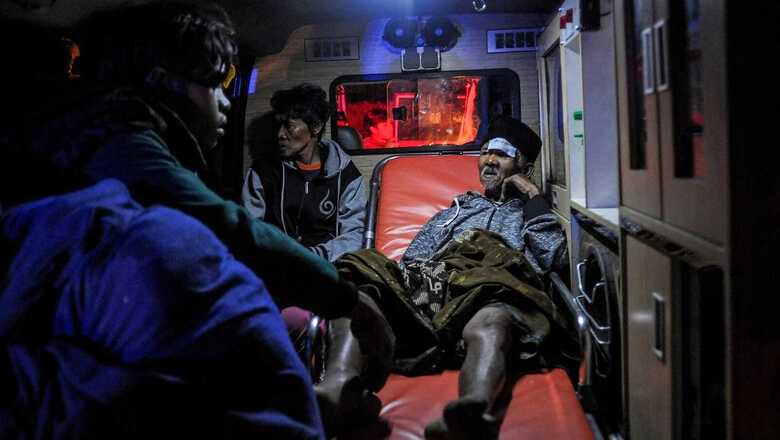
views
Indonesian rescue workers raced to save people who were still trapped in rubble a day after an earthquake struck the main island of Java. The tremors killed at least 162 people, many of them children, and injured hundreds more.
Authorities said the majority of those who died were children, and that many students who were taking extra lessons were struck.
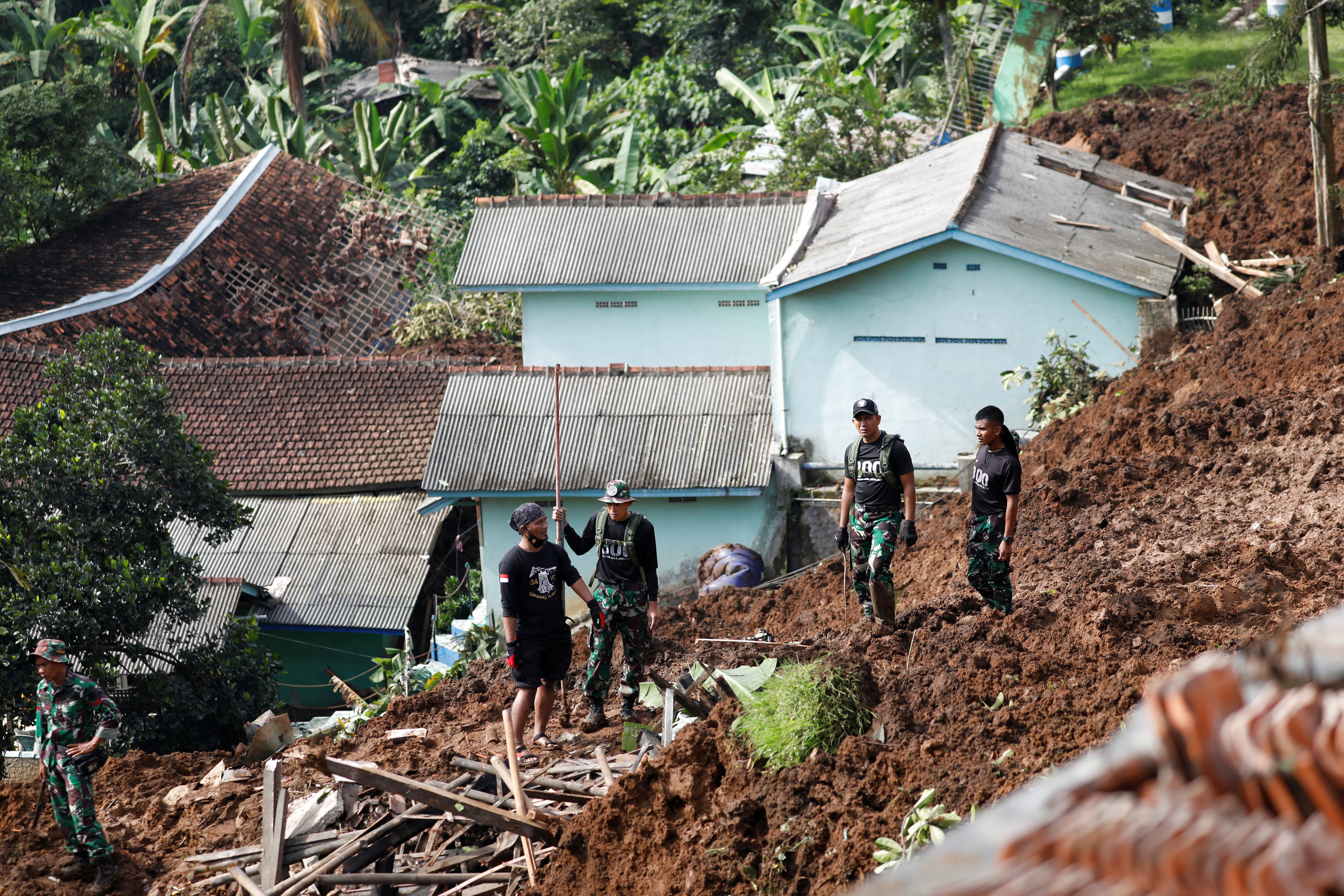
The Guardian reported that according to Indonesia’s national disaster mitigation agency (BNPB) at least 25 people were still buried under the rubble in Cianjur as darkness fell on Monday. Efforts to reach victims been complicated by power failures, damaged roads and more than 80 aftershocks, the report stated. More police officials have been rushed to the scenes of tragedy as efforts remain on.
HOW LONG CAN SURVIVORS LAST UNDER RUBBLE?
According to experts, a week at most under the best of circumstances. How injured the trapped victim is, if they have enough air to breathe and the extremity of the weather are among the determining factors for their survival. Major rescues occur 24 hours after a disaster, and after that, the chances of survival lessen by each day. Dr Richard Moon, a Duke University expert on survival told the Associated Press that food is not a big issue, as people can survive for weeks without it. However, most can survive only a few days without water, he added.
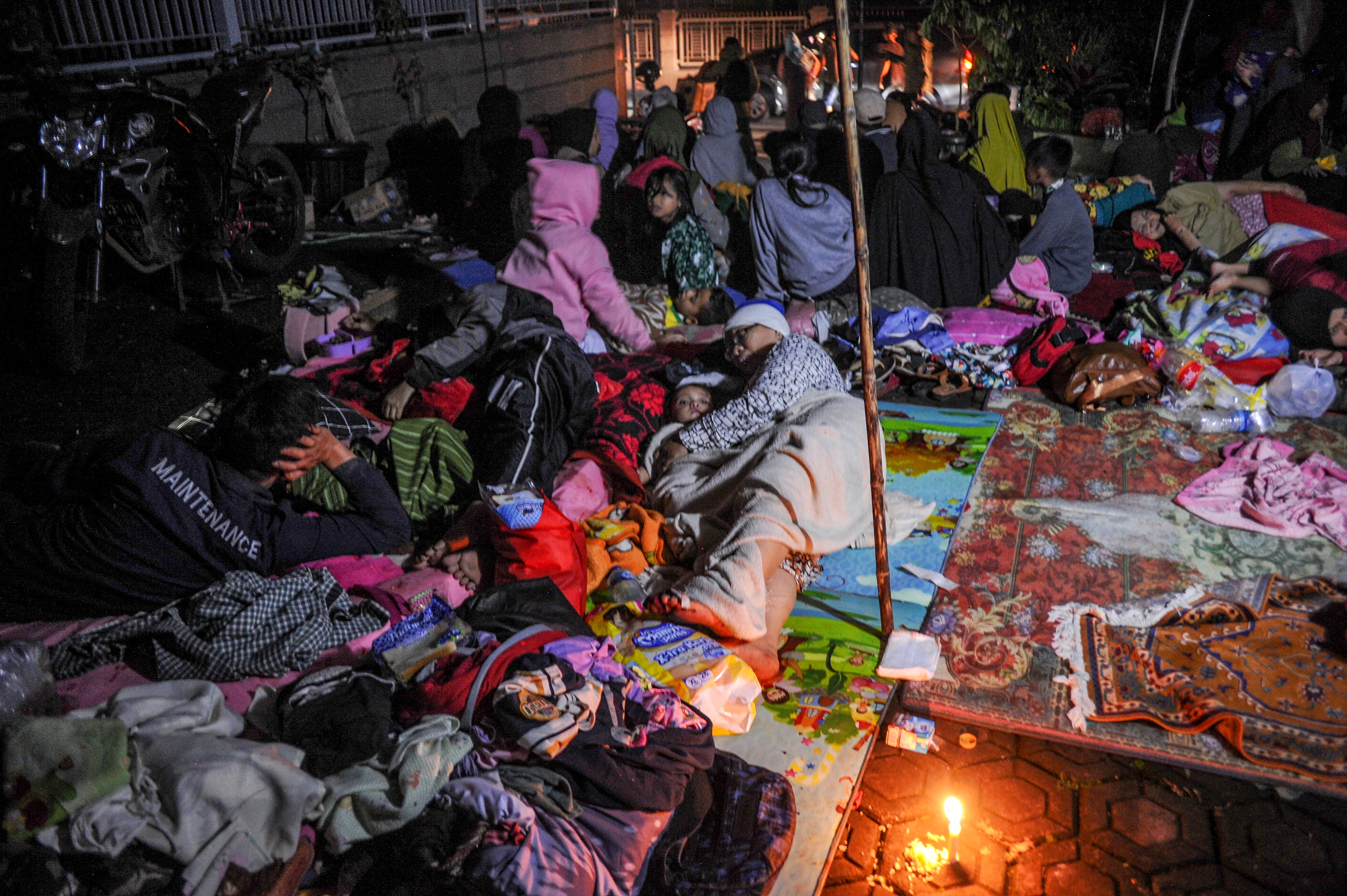
After a South Korean departmental store collapsed in 1995 – which killed 502 people and injured 937 – survivor Choi Myong Sok was pulled out of the rubble after 10 days, a report by the New York Times states. To survive, he drank rainwater and ate a cardboard box. He even played with a child’s toy to keep up his spirits, after two of his companions trapped with him died in the initial days.
Julie Ryan, a co-ordinator with UK-based group International Rescue Corps (IRC), told BBC that the ideal situation for anyone who has been trapped, is to have any sort of oxygen supply from the outside world, and any access to water.
Temperature also plays a role – if the entrapment area is too hot, the person could lose water more quickly, thinning their hope for survival.
Trapped victims can also experience the crush syndrome, which occurs after a “crushing” injury to a skeletal muscle. When a person is trapped after a disaster, their arms, limbs and other parts of the body can be compressed by the rubble, which causes muscle swelling or neurological disturbances. The end result can be fatal – renal failure or shock, and the condition requires immediate medical assistance.
CASES OF ‘MIRACLE’ SURVIVALS
More than two months after an earthquake hit Kashmir on October 8, 2005, a 40-year-old woman Naqsha Bibi was rescued from her kitchen. Her cousin, Faiz Din, who had found her, told BBC that the family was not even looking for her, having assumed that she had either fallen down a hill, or gone to another relief camp. Weighing just 35 kg, she was found with muscle stiffness, and was so weak she could barely talk.
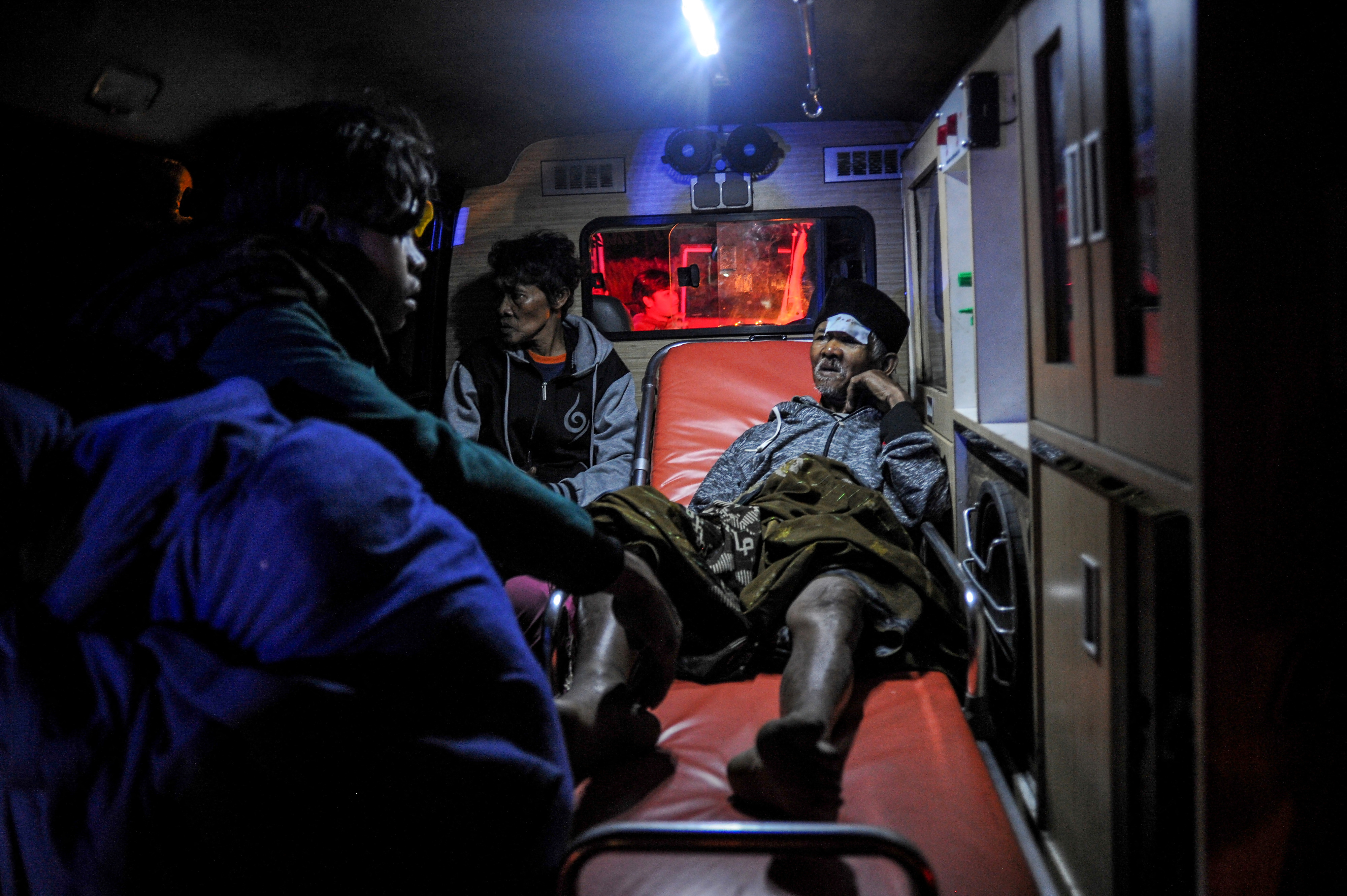
Traces of rotting food were found in the small space where Naqsha was trapped, and the air inside was fresh. A trickle of water on one side of the kitchen was also found, the report states.
In a similar case, after the 2010 Haiti earthquake, a man was rescued from rubble in Port-au-Prince after 27 days of being trapped, the Guardian reported. He was found malnourished, dehydrated and mentally disturbed, but had suffered no serious injuries.
Reshma Begum was the centre of another miraculous survival, after a multi-storeyed garment factory building collapsed in Dhakha, Bangladesh in 2013. The disaster killed more than 1,100 people, but Rashma was rescued – 17 days after the incident. The then teenager said she had forgotten most of what she did under the rubble. However, she recalled that she had survived by drinking rainwater and eating food from the lunch boxes of other workers.
If trapped under debris, What To Do?
According to government guidelines, you should do these things if trapped under rubble:
- Do not light a match.
- Do not move about or kick up dust.
- Cover your mouth with a handkerchief or clothing.
- Tap on a pipe or wall so rescuers can locate you. Use a whistle if one is available.
- Shout only as a last resort. Shouting can cause you to inhale dangerous amounts of dust.
Read all the Latest Explainers here













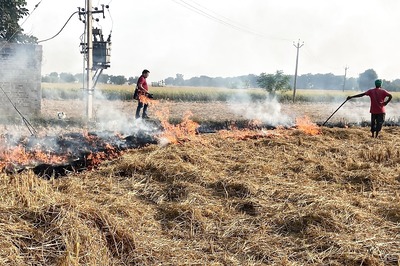






Comments
0 comment